Physical Address
304 North Cardinal St.
Dorchester Center, MA 02124
Physical Address
304 North Cardinal St.
Dorchester Center, MA 02124
Learn how to cook Brussels sprouts for delicious results every time, from steamed to roasted. Learn how to clean Brussels sprouts as well as the nutrition benefits of this green vegetable.
If any vegetable has gotten a bad rap, it’s Brussels sprouts, owing to the fact that the preferred cooking method used to be boiling them to death. Brussels sprouts became a revelation after it was discovered that they could be roasted to caramelized goodness—with a crisp exterior and tender, buttery interior—or shredded raw into light and crunchy salads.
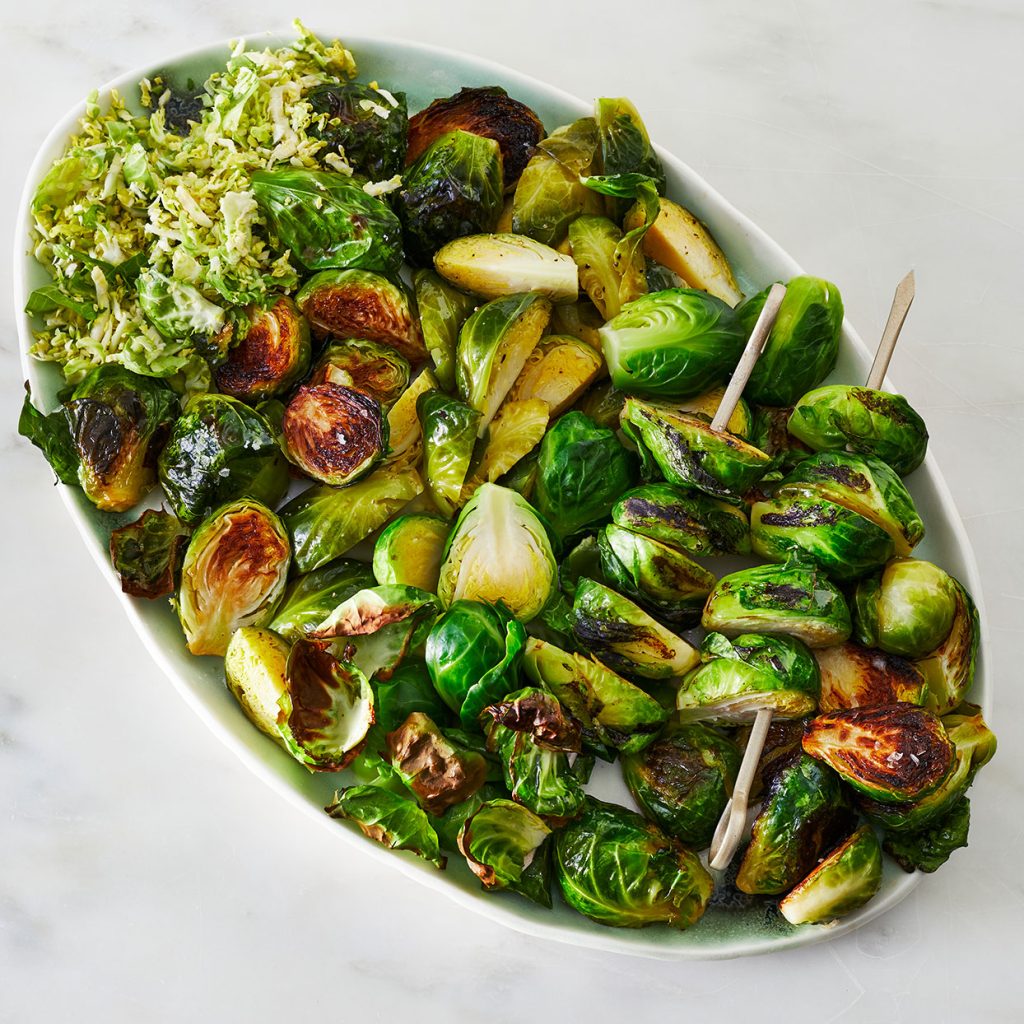
Before we get into specific cooking methods, learn how to clean and prep Brussels sprouts.

1. Begin by removing a thin slice of each sprout’s stem end. To achieve the best results, remove any brown or yellow leaves after that. Then, in a colander, rinse your buds under cold running water.
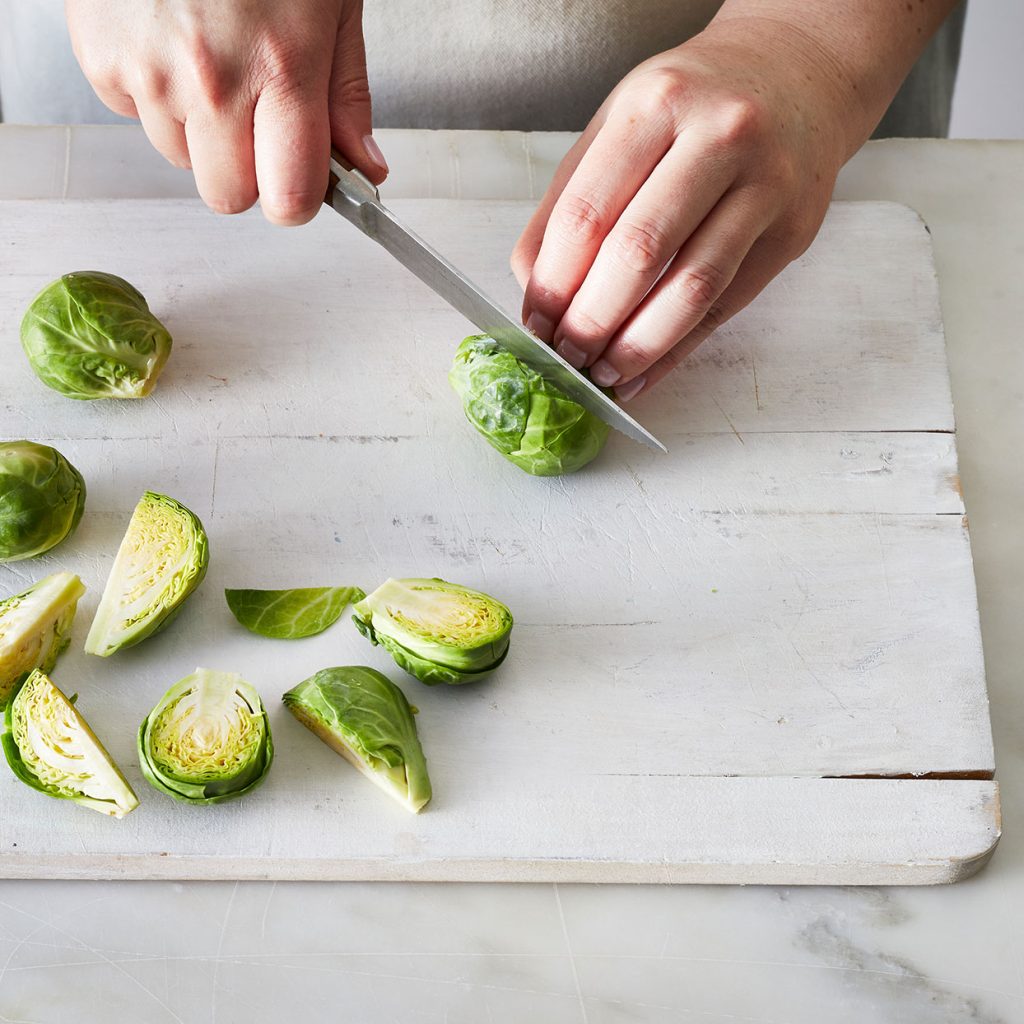
2. The next step is entirely up to you: you can leave your Brussels sprouts whole or cut them in half (or quarters).
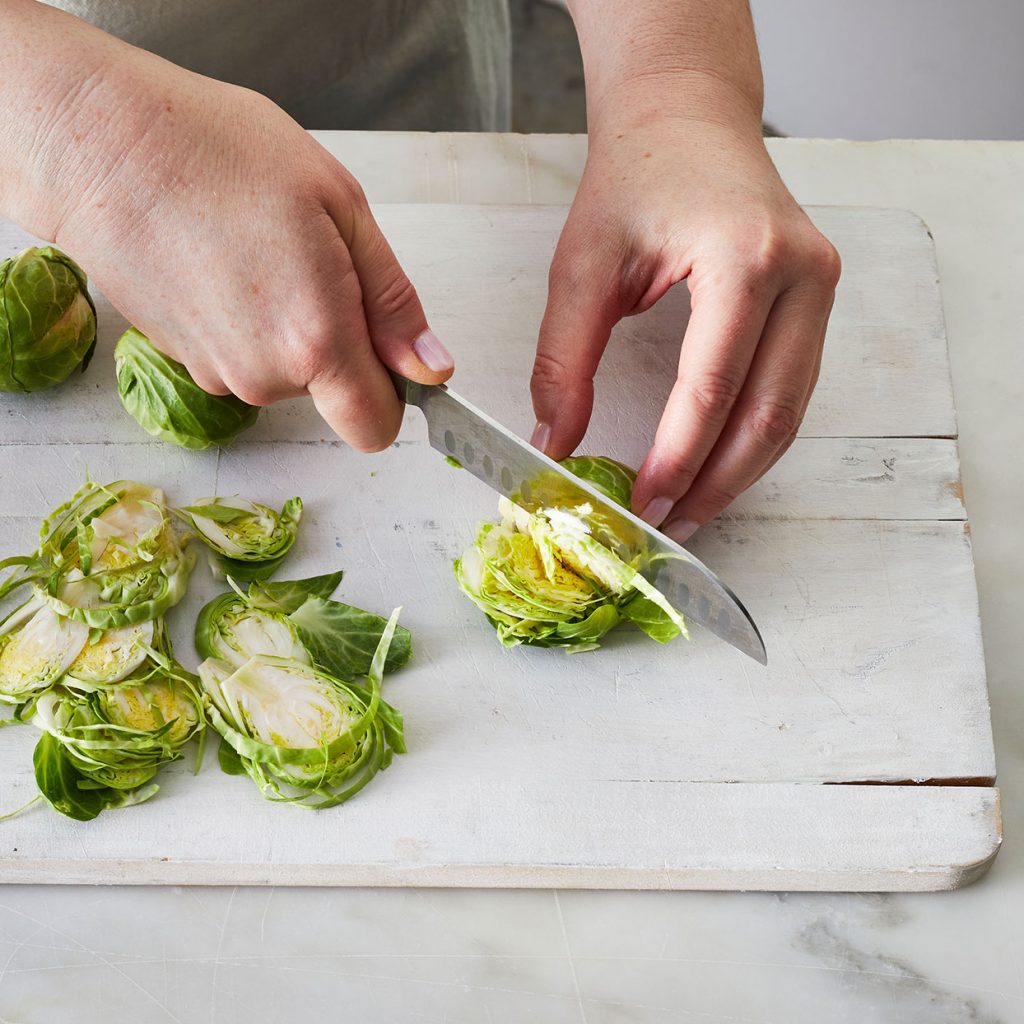
3. You can also use a sharp knife to slice them very thinly.
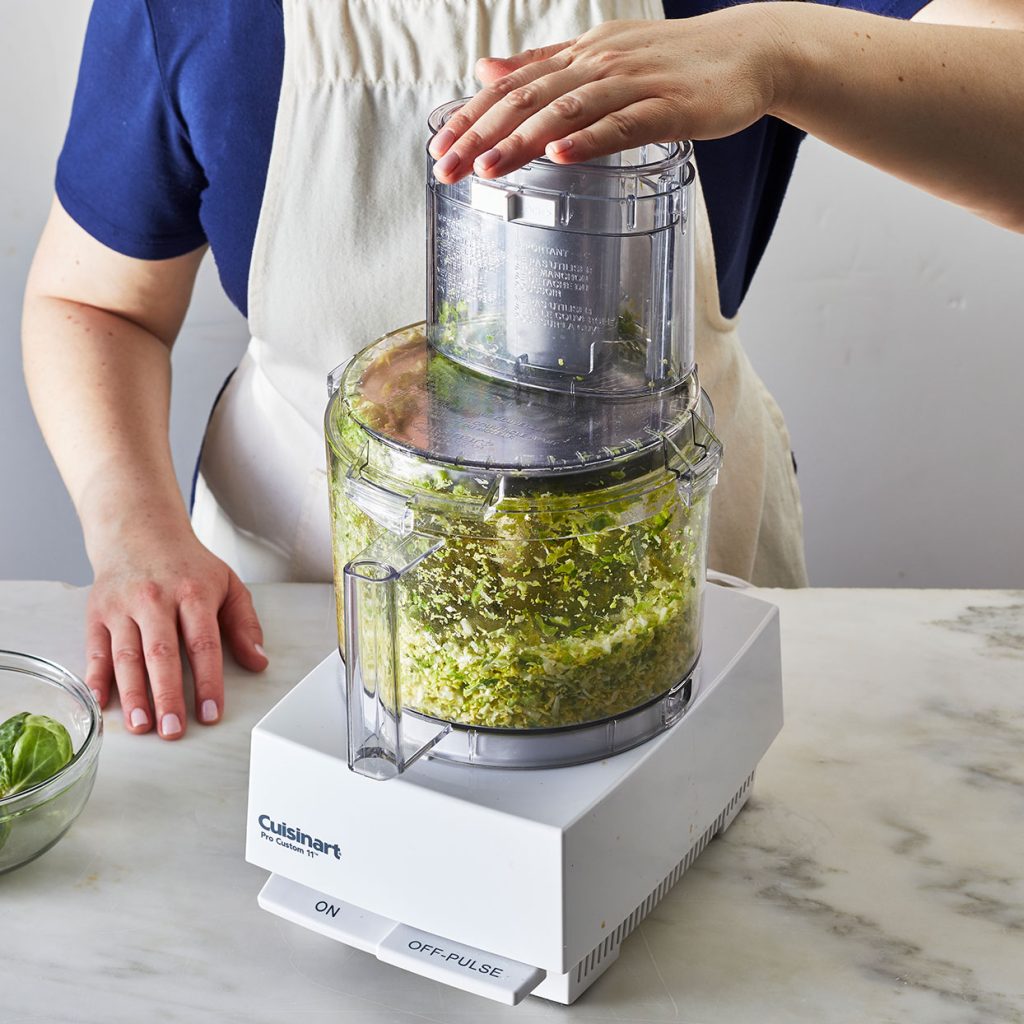
4. Another option is to shred them in the food processor after a few pulses.
Brussels sprouts can be cooked in a variety of ways, including boiling (gently), steaming, roasting, grilling, braising, and sautéing. Onions, garlic, and shallots; walnuts; caraway and fennel seeds; a mustardy vinaigrette; brown butter; bacon and other smoky, salty meats; nutty, pungent cheeses like Swiss or Gruyère; and herbs like sage and dill are all good flavor companions.
Break the heads apart into individual leaves and quickly stir-fry-or scatter the leaves over a pizza with Italian sausage, caramelized onions, and blue cheese. Continue reading for more traditional preparation methods.
Do you want to know how to make crispy Brussels sprouts with a slightly caramelized center? It’s as simple as putting them on a sheet pan and letting the oven’s roasting magic take over. Here’s how to roast Brussels sprouts the right way.

1. Toss 2 pounds halved Brussels sprouts in 2 tablespoons olive oil and season with 1/2 teaspoon salt and pepper to taste.
2. Spread sprouts on a large rimmed baking sheet and roast in a 450°F oven for 18 to 20 minutes, stirring once.
You’ve probably wondered how to cook Brussels sprouts on the stovetop for times when you don’t want to turn on the oven. Because of their browned bottoms, sautéed Brussels sprouts are one of the most delicious vegetables on the market.

1. Melt 1 to 2 tablespoons salted butter in a large skillet over medium heat. (Make sure the pan is large enough to accommodate the sprouts!)
2. Place the halved Brussels sprouts face down on the pan and cook for 5 to 8 minutes, or until they are slightly brown on one side.
3. Continue to cook for 5 to 8 minutes, or until they are tender.
4. Season with salt and pepper, herbs, and a squeeze of fresh lemon to taste.
We don’t always opt for steamed vegetables, but the method has its uses. And one of those times is when you don’t have time to roast or sauté Brussels sprouts but don’t want to serve them raw. Not to mention, a quick steam is the ideal way to cook the sprouts while retaining their vibrant green color. Here’s how to steam Brussels sprouts without making them too mushy.

1. In a steamer basket, place 1 pound quartered Brussels sprouts over 1 inch boiling water. Cover and steam for 7 to 8 minutes, or until the vegetables are tender.

2. Toss steamed Brussels sprouts with desired dressing.
Boiling Brussels sprouts is a quick and easy way to prepare them. Bring a pot of salted water to a boil, then add the sprouts and cook for 6 minutes, or until tender.
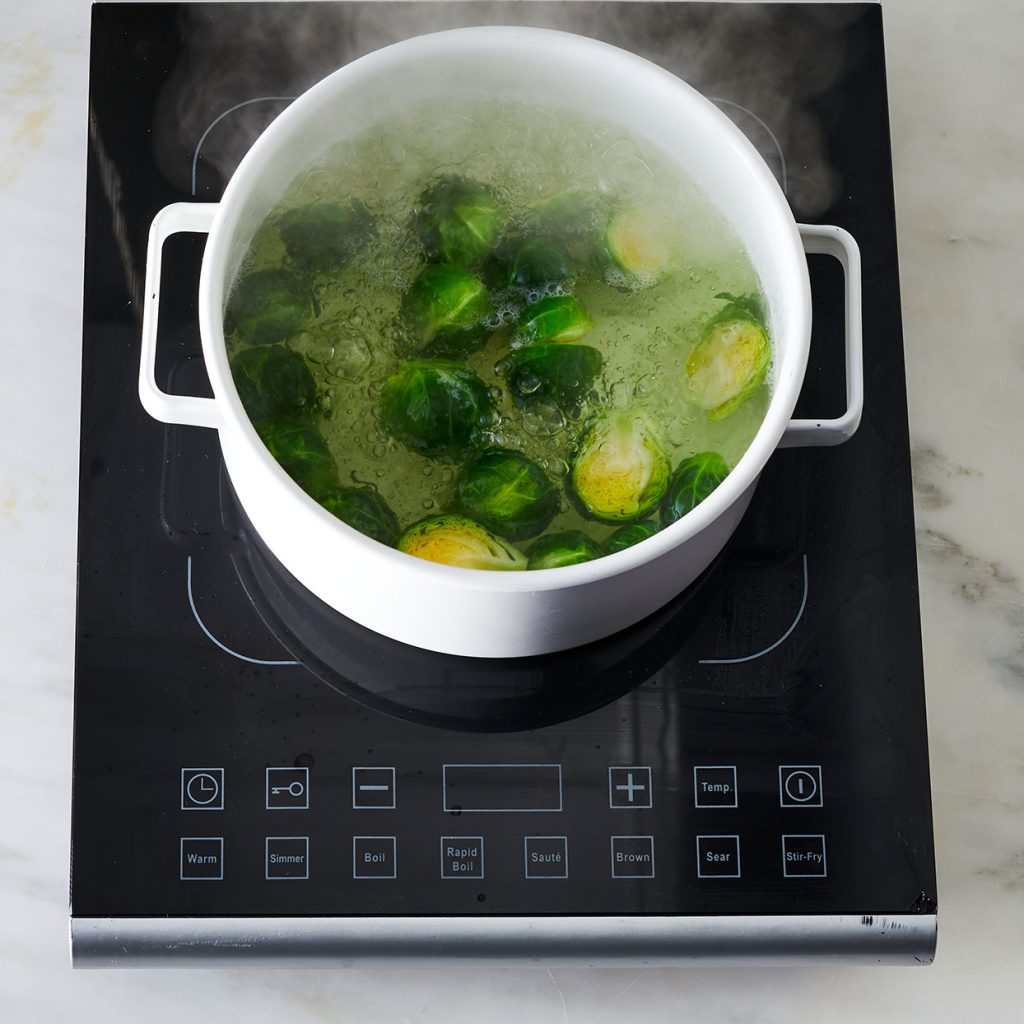
When preparing your Brussels sprouts, don’t throw away the loose leaves that fall off the sprout; instead, roast them into chips!
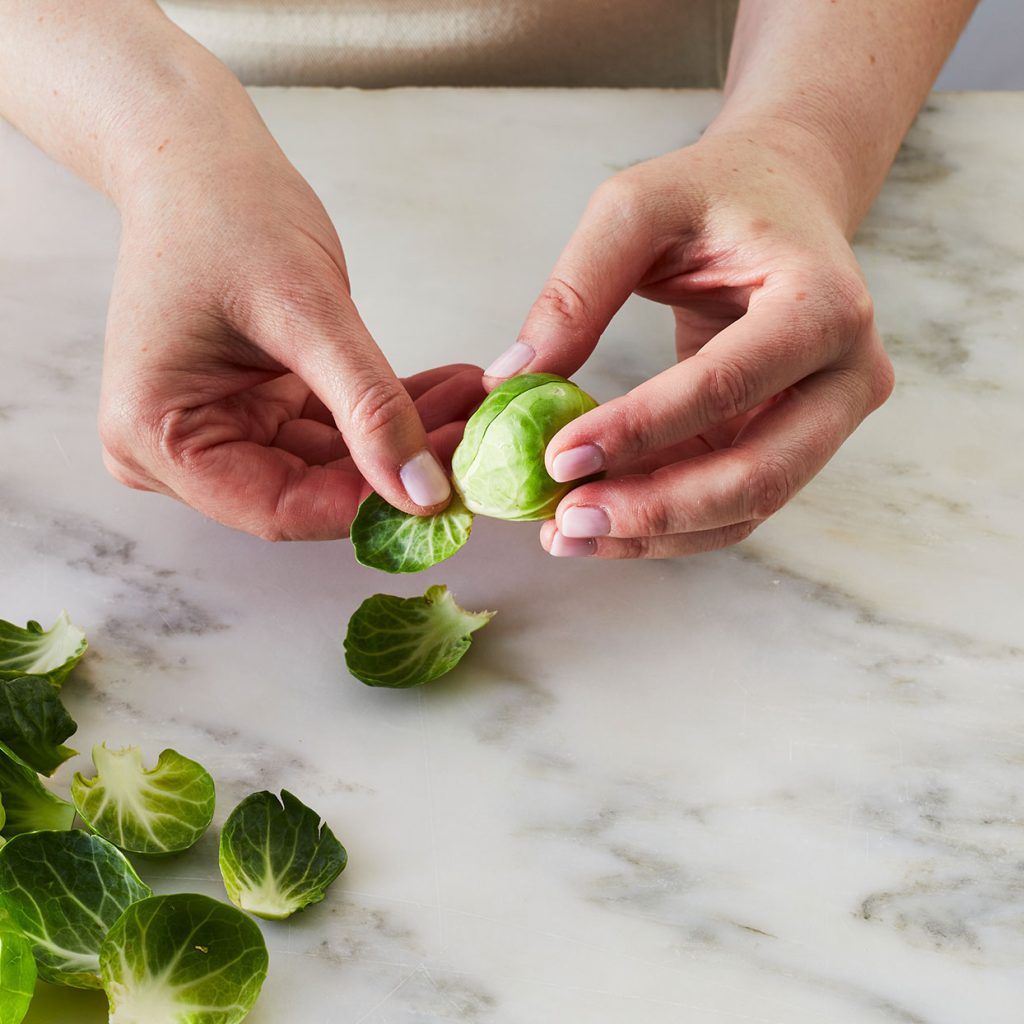
1. Cut off enough outer leaves from the Brussels sprouts to yield 4 cups.
2. Combine in a large mixing bowl with the oil, pepper, and salt. Massage the leaves with clean hands until evenly coated. Spread on a large rimmed baking sheet in a single layer.
3. Roast at 400°F for 10 minutes, or until the leaves are browned and crispy.
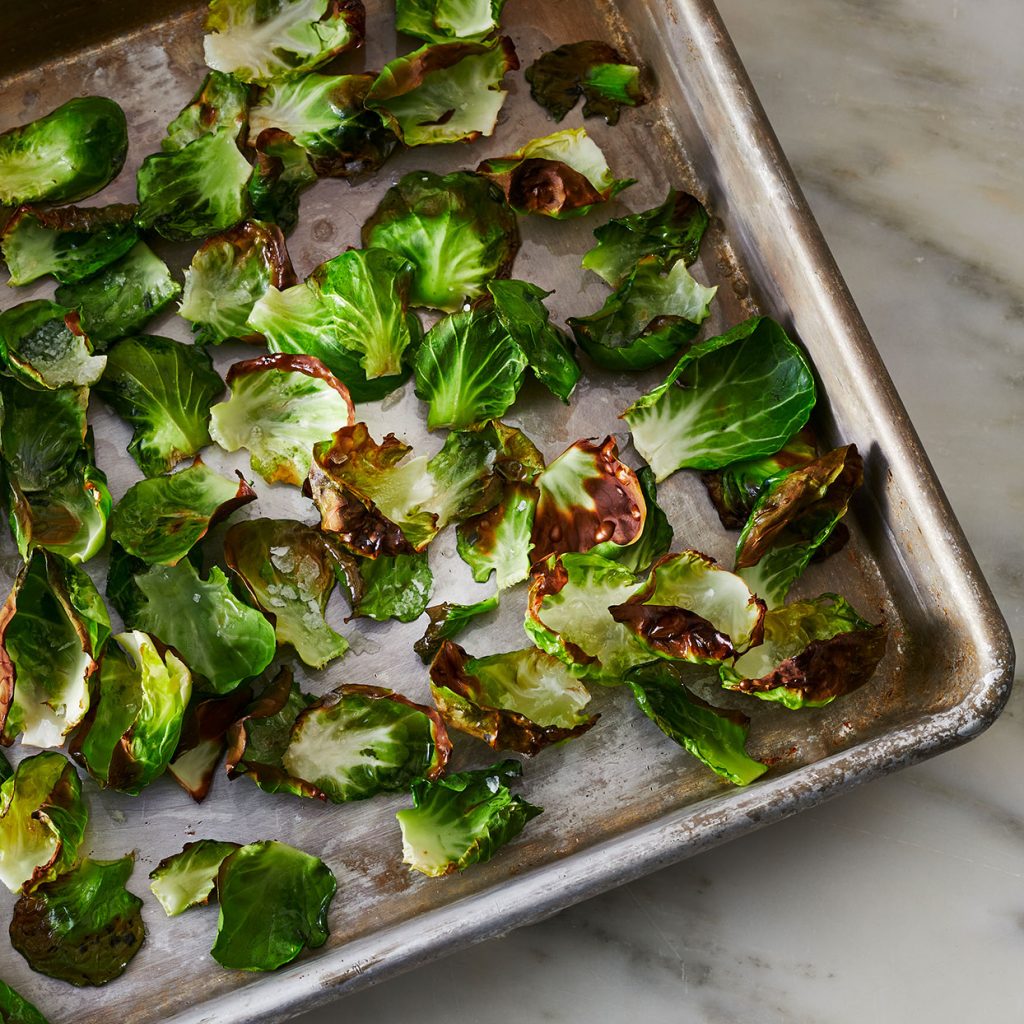
Choose sprouts that are firm, bright green, and tightly furled. Avoid sprouts that are turning yellow, opening, or have brown spots. Choose sprouts that are roughly the same size so that they cook evenly (small Brussels sprouts have a sweeter, milder flavor than larger ones). If you find sprouts that are still attached to their stalks, keep in mind that the stalks suck moisture out of the sprouts as they sit. If you buy them this way, make sure the stalks are fresh and cut the Brussels off as soon as you get home.
If you make a batch of Brussels sprouts and have leftovers, store them in a plastic bag in the refrigerator for up to one week.
Let’s take a look at the nutrition of Brussels sprouts: There are 28 calories in 1/2 cup cooked Brussels sprouts. 28 calories, 6 grams of fiber, 1 gram of sugar (not added), 2 grams of protein, 16 milligrams of sodium, and 247 milligrams of potassium
Furthermore, with four times the cancer-fighting glucosinolates of broccoli, these little gems have the highest concentration of these compounds of any crucifer. Chopping them, as in a slaw, helps to release even more of these cancer-fighting compounds.
And now that you’ve learned everything there is to know about Brussels sprout nutrition and cooking, we wouldn’t be surprised if you wanted to start growing your own—and you’re in luck! Brussels sprouts require only sunlight, regular watering, and plenty of space. Start seeds indoors 90 days before the last frost in early spring. Plant 24 to 36 inches apart in the spring. Harvest sprouts when they are 1 to 11/2 inches in diameter, picking sprouts from the plant’s base upward.
Brussels sprouts, while not tiny cabbages, are similar in more ways than one. They grow from a thick stalk that can reach 2 1/2 feet in height and is crowned with a spray of blue-green leaves. Not only do the sprouts themselves resemble mini cabbages, but the leaves on top also resemble cabbages.